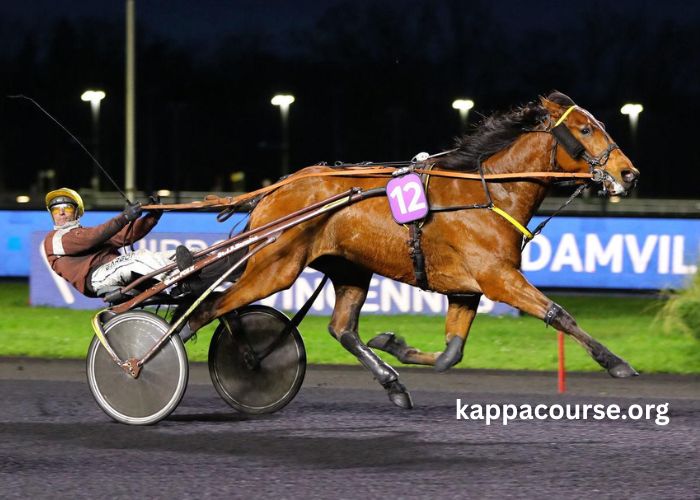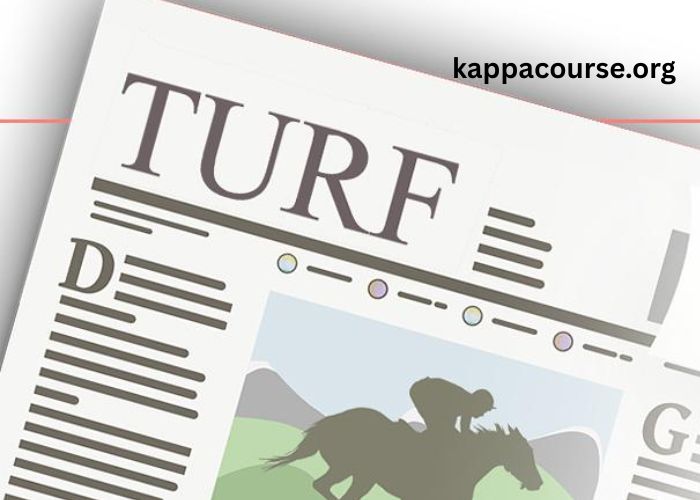In the thrilling world of horse racing, choosing the right horse to back is critical for success, especially when placing bets. Among various terms and strategies, the notion of Cheval DE Base stands out as a fundamental concept for serious bettors and racing enthusiasts. Understanding what a Cheval DE Base is and how to identify it can significantly increase your chances of making profitable decisions.
Cheval DE Base is not just any horse in the race; it is the horse you rely on as a strong foundation for your betting strategy. This horse often shows consistent performance, stability, and the ability to handle varying race conditions. The concept revolves around choosing a dependable competitor who can anchor your bets and reduce the inherent uncertainties in horse race betting.
What Exactly Is Cheval DE Base In Horse Racing?
At its core, Cheval DE Base refers to a horse regarded as a base or cornerstone selection within a given race. It is a horse that bettors believe to have a solid chance of finishing in the top positions based on comprehensive analysis. The term literally translates from French as “base horse,” highlighting its role as a fundamental choice on which other betting decisions are built.
Unlike a mere favorite that might be picked due to hype or popularity, a Cheval DE Base is selected after careful consideration of numerous factors. These include recent form, physical condition, consistency in past performances, and suitability to the specific race conditions such as track type and distance. A Cheval DE Base is the kind of horse that may not always win but is expected to deliver a performance that justifies backing it in most betting scenarios.
By focusing on a Cheval DE Base, bettors create a stable anchor point that helps organize their betting portfolio more strategically. This horse represents the safest bet in a complex field, allowing punters to manage risk better and formulate effective betting combinations.
How Can You Identify A Strong Cheval DE Base?
Identifying a strong Cheval DE Base involves delving deep into race data, past performances, and many subtle indicators. The process begins with studying the horse’s race history to understand its consistency and reliability. A Cheval DE Base will often be a horse that has demonstrated steady improvement or maintained good form across several races, especially under similar conditions.
Beyond raw statistics, physical condition reports and training updates offer critical insight. Horses that are fit, well-prepared, and have shown good recovery between races tend to qualify as potential Cheval DE Base candidates. Bettors also evaluate the jockey assigned, as an experienced jockey familiar with the horse can significantly influence performance.
Another essential factor is the horse’s adaptability to race conditions. A Cheval DE Base should be comfortable with the track surface, weather, and race distance. Some horses excel on turf, while others perform better on dirt or synthetic tracks. Assessing these conditions helps determine if a horse can reliably perform on race day.
Therefore, the identification of a Cheval DE Base requires a balanced mix of quantitative data and qualitative judgment. Experience in interpreting these elements often separates successful bettors from amateurs.
Why Is Cheval DE Base Crucial For Effective Betting Strategies?
The importance of Cheval DE Base in crafting effective betting strategies stems from its role as a reliable pivot point in the unpredictable world of horse racing. Horse races are fraught with uncertainty, where even favorites can falter due to unforeseen circumstances. Having a trusted Cheval DE Base reduces this uncertainty by providing a dependable baseline on which to build your bets.
Many advanced betting strategies, such as the use of multiples, trifectas, or quinellas, rely heavily on the presence of at least one strong Cheval DE Base. This horse forms the backbone of your bets, allowing you to layer other selections around it with greater confidence. Without a solid Cheval DE Base, your bets risk becoming speculative and scattered, lowering the probability of a return.
Moreover, focusing on a Cheval DE Base allows bettors to optimize their bankroll management. Since this horse is expected to perform well, the bet amounts placed on it can be more substantial compared to other riskier selections. This balance between risk and reward is essential for long-term betting success and sustainable profits.
Ultimately, the Cheval DE Base serves as a guiding star, helping bettors navigate the complexities of horse race betting with a more structured and confident approach.
What Are The Common Pitfalls When Selecting A Cheval DE Base?
Selecting a Cheval DE Base is not without challenges, and many bettors fall into common traps that undermine their strategies. One major mistake is relying too much on favoritism or popular opinion rather than objective analysis. Just because a horse is well-known or favored by the crowd does not automatically make it a reliable Cheval DE Base.
Another critical error is neglecting to consider external factors like weather changes, track conditions, or the horse’s recent health issues. These elements can drastically affect a horse’s chances, yet bettors sometimes overlook them in haste. Choosing a Cheval DE Base without accounting for these variables can lead to unexpected disappointments.
Additionally, some bettors fail to monitor jockey and trainer changes, which often influence performance significantly. A new jockey might lack the experience or rapport needed to bring out the best in the horse, making it a less effective Cheval DE Base than expected.
Overconfidence and ignoring signs of declining form also contribute to poor selections. Horses, like athletes, go through peaks and troughs in performance. Ignoring a downward trend can cause a once-reliable Cheval DE Base to underperform when it matters most.
In essence, avoiding these pitfalls requires discipline, thorough research, and continual reassessment to ensure the Cheval DE Base remains a valid choice.
How Does Cheval DE Base Influence The Dynamics Of A Race?
The role of a Cheval DE Base often extends beyond being just a betting favorite; it can also influence the overall flow and tactics of a race. A horse identified as a Cheval DE Base tends to set the pace or control strategic positioning during the race, which affects how other competitors respond.
When a Cheval DE Base pushes forward early, it can force other horses to adapt their tactics, either by challenging the pace or holding back to conserve energy. This dynamic can change the race outcome dramatically, making the Cheval DE Base a pivotal player on the track, not just in betting terms.
From a bettor’s viewpoint, understanding how a Cheval DE Base might impact race dynamics helps in anticipating possible scenarios and planning bets accordingly. For instance, if the Cheval DE Base is known for strong finishes, bettors might look for horses that can hold close early and exploit late speed.
In some cases, the presence of a strong Cheval DE Base can dissuade risky betting on other horses, focusing attention and money on the more predictable choice. This phenomenon underlines how important it is to correctly identify the Cheval DE Base to capitalize on its influence both on and off the track.
Can The Status Of Cheval DE Base Change Throughout The Season?
It is crucial to recognize that the designation of a Cheval DE Base is not permanent and can change as the racing season progresses. Horses experience fluctuations in form due to age, injuries, training changes, and competition levels, which all impact their suitability as a reliable base horse.
A horse that starts the season as a dominant Cheval DE Base may decline due to fatigue or emerging competition, while a previously overlooked horse might improve and take on that role. Bettors who continuously update their evaluations are better positioned to adjust their strategies and maintain a competitive edge.
Seasonal changes, including weather and race types, also affect the status of a Cheval DE Base. Some horses specialize in particular seasons or race distances, so a keen eye on these factors is essential. Staying flexible and responsive to these shifts enables bettors to avoid backing a horse whose form no longer justifies Cheval DE Base status.
In conclusion, understanding that the Cheval DE Base is a dynamic concept ensures bettors remain vigilant and adaptive, which is key to long-term betting success.
Conclusion
The concept of Cheval DE Base is a cornerstone in horse racing and betting strategies, representing the dependable horse that serves as the foundation for sound betting decisions. Identifying a true Cheval DE Base involves a careful balance of data analysis, understanding race conditions, and awareness of physical and strategic factors.
This horse anchors bettors’ choices, providing stability in the face of racing unpredictability and enhancing the chance of consistent profits. However, recognizing the potential for change over a season and avoiding common pitfalls is equally important. Mastering the use of Cheval DE Base empowers bettors to approach races with confidence, structure, and a much better chance at success.





